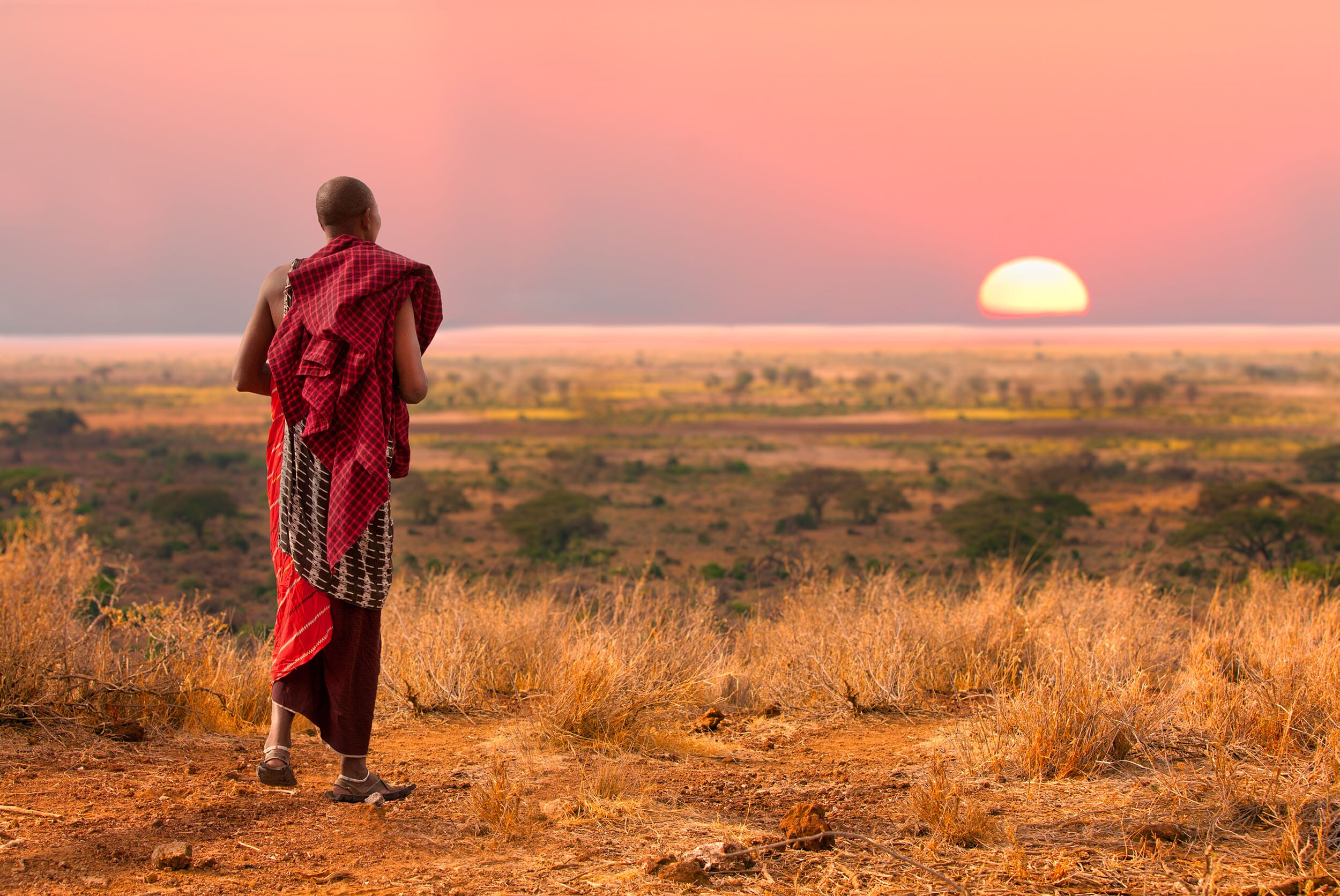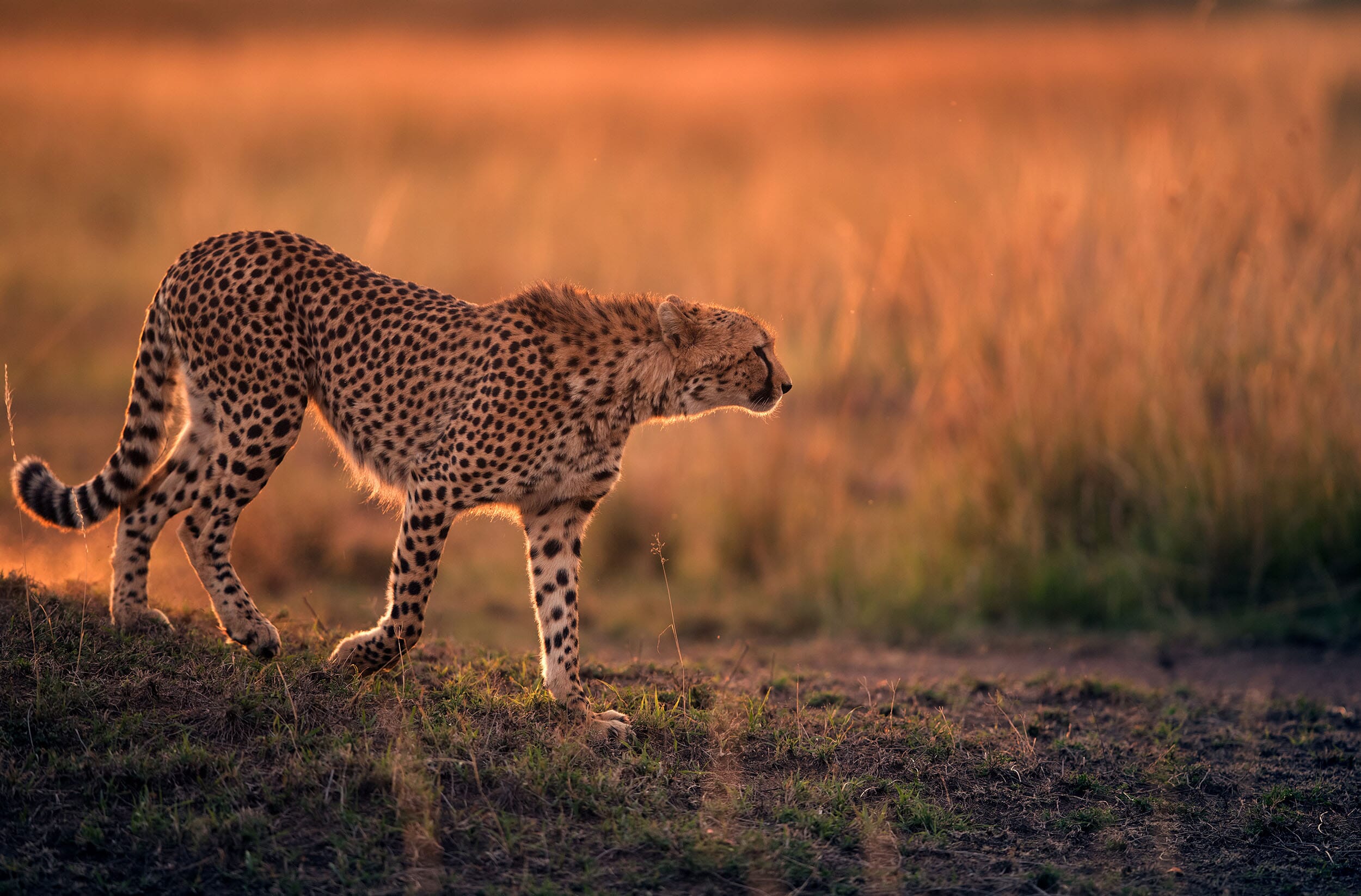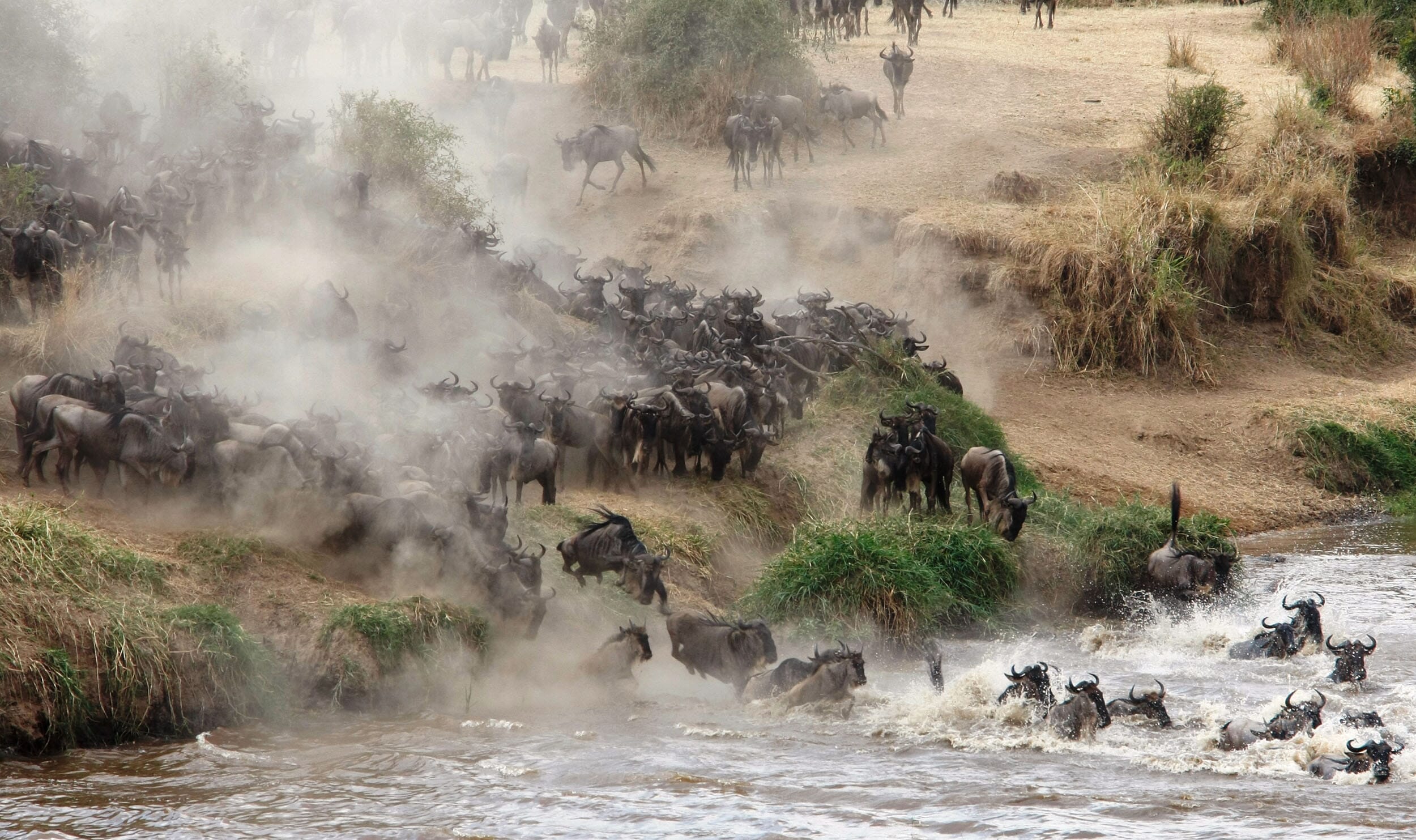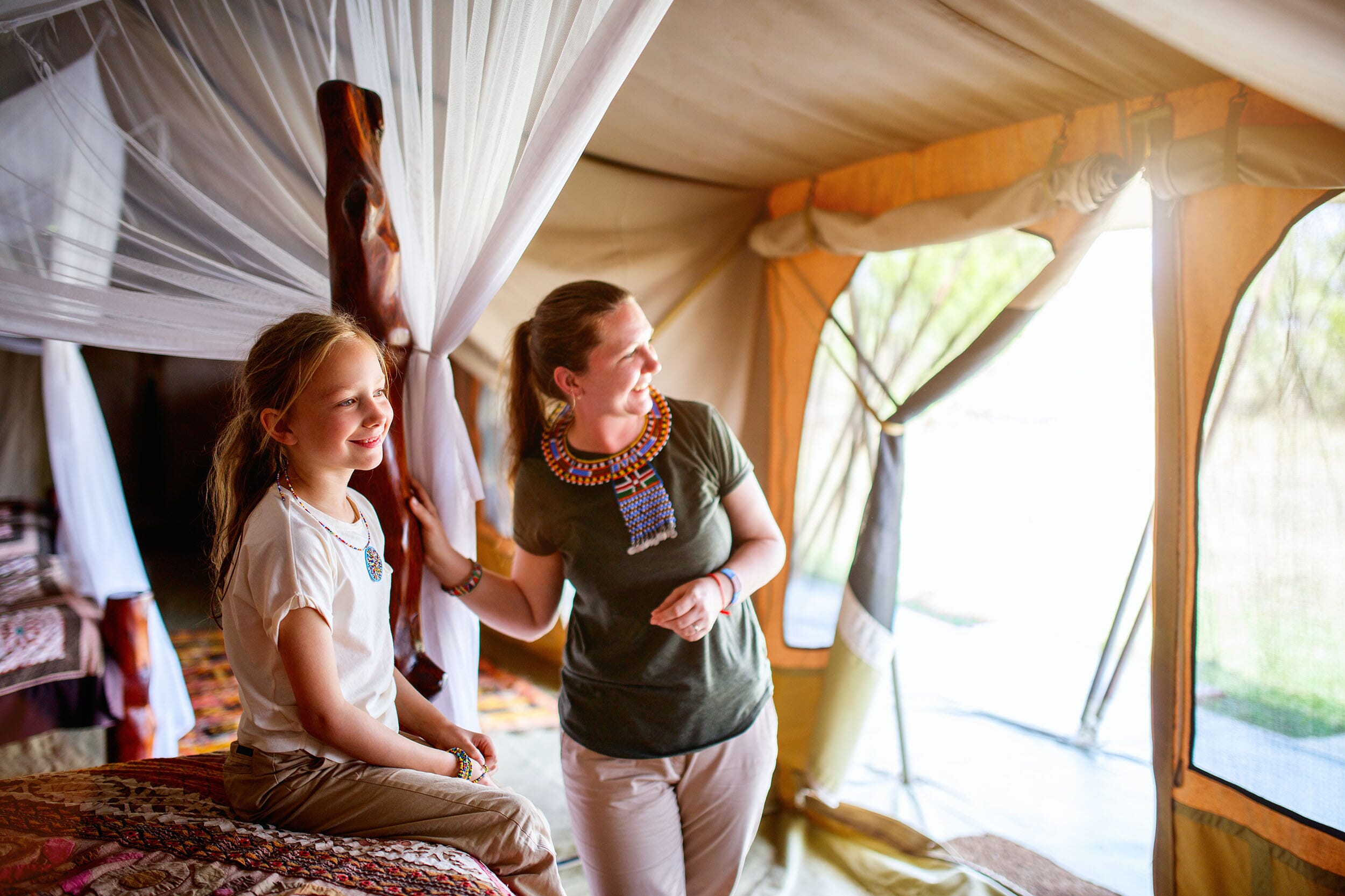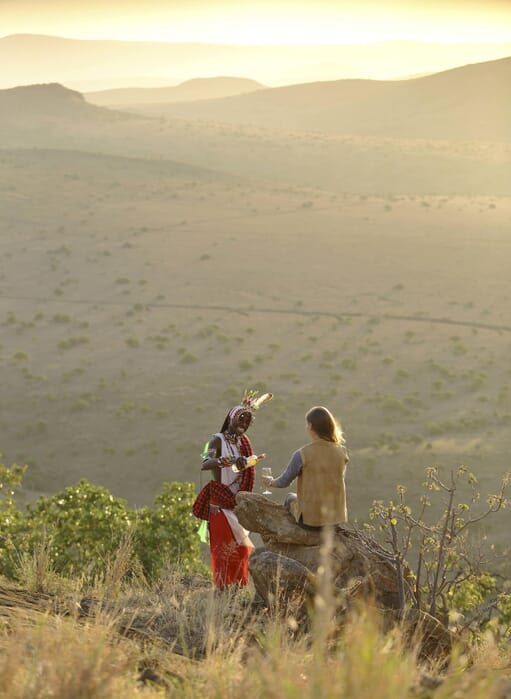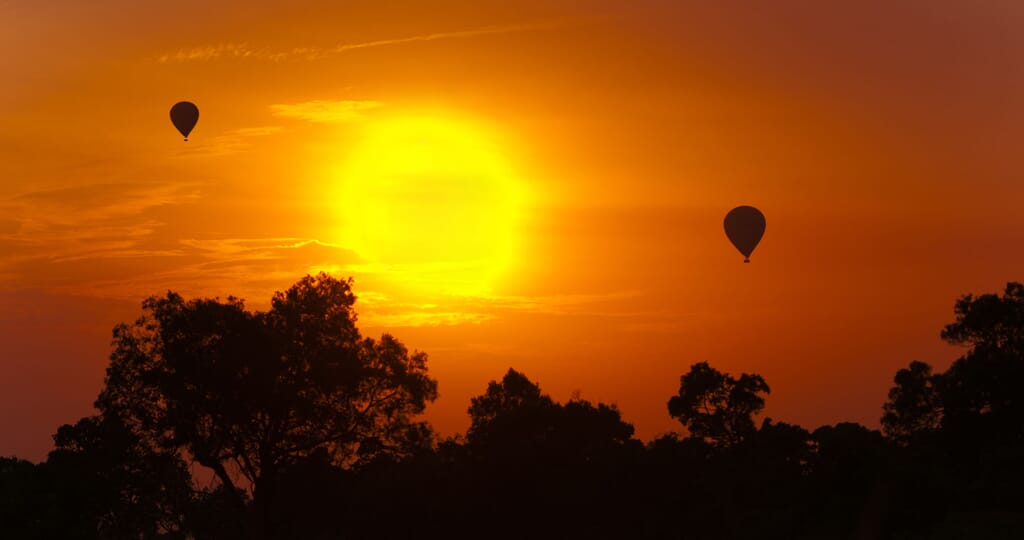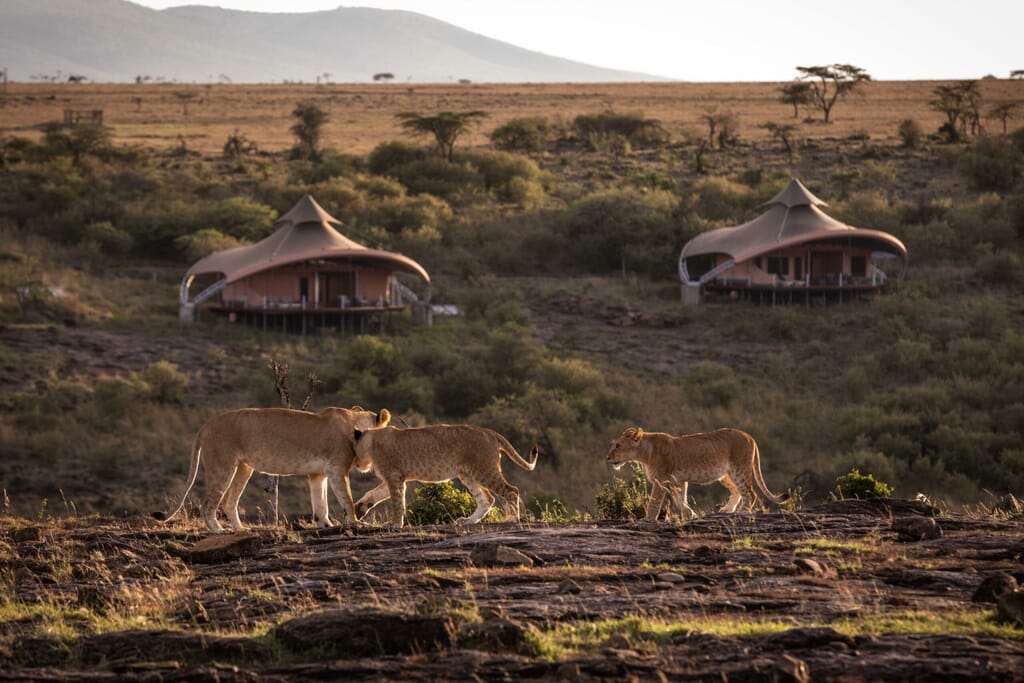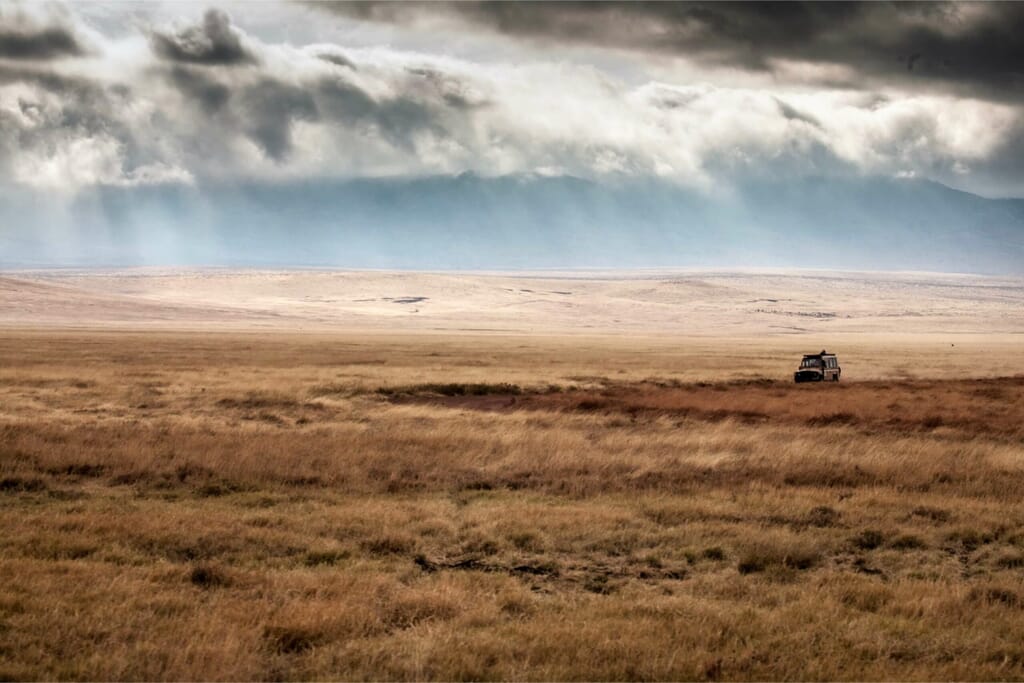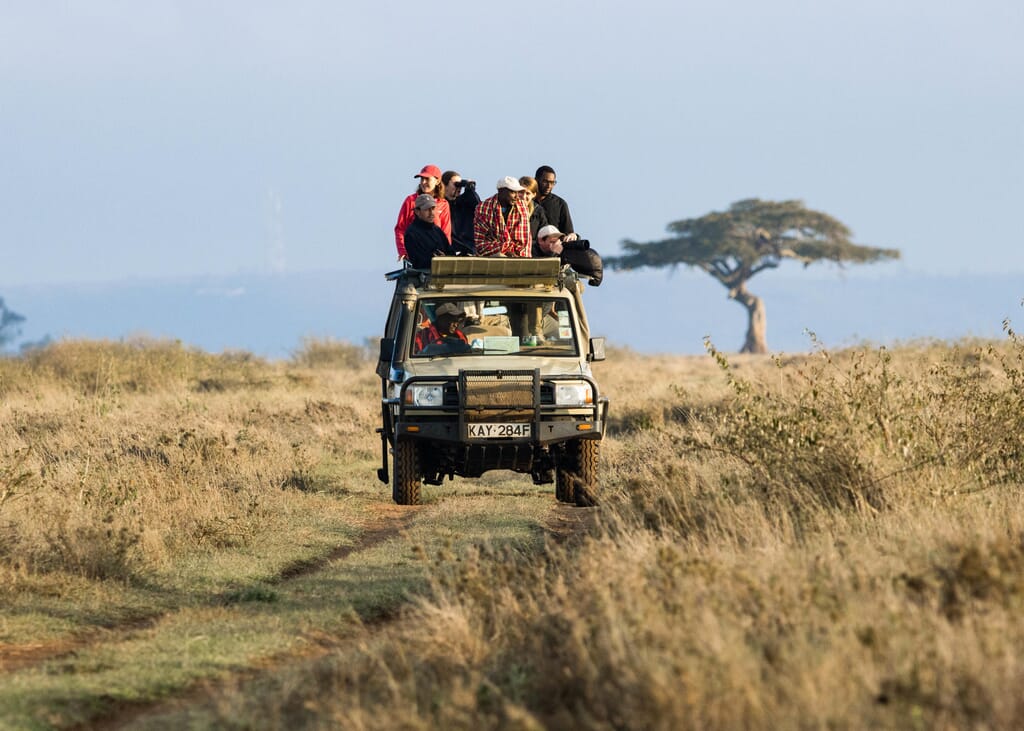
Best Private Conservancies in Kenya
Coral Tree's Pick of Kenya's Top Private Conservancies
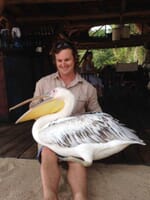
Cameron
When it comes to luxury safaris in Kenya, private conservancies offer a unique alternative to better known national parks and reserves.
Seamlessly blending wildlife conservation with community initiatives, private conservancies offer a more exclusive safari experience with fewer crowds and exciting activities not permitted in national parks. But what exactly are private conservancies, and how do they differ from the more well-established national parks?
Private conservancies are conservation areas managed by local communities, landowners, or private groups, providing a lifeline for the 70% of Kenya’s wildlife found outside of national parks, especially amidst the growing pressures of population growth, agriculture, and climate change.
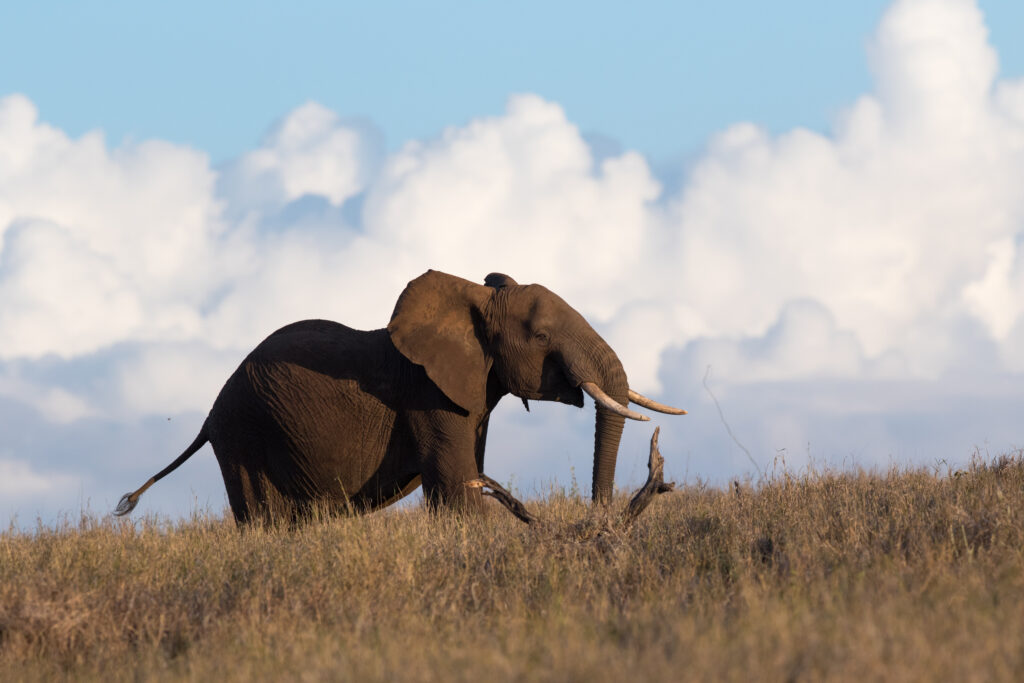
Why choose a private conservancy for a Kenyan safari?
Private conservancies offer a safari experience that’s intimate, immersive, and impactful—everything we love at Coral Tree Travel.
First, there’s the exclusivity. While national parks are open to the public, private conservancies restrict the number of guests and do not permit day visitors. Forget busy safari circuits; in private conservancies, you’ll often find yourself alone at a sighting, making encounters with the Big Five that little bit more special.
The top private conservancies also allow activities not permitted in the national parks. Off-road game drives, walking safaris, and night drives allow you to get closer to the action and provide an adventurous experience that’s hard to match in larger reserves. Many conservancies are also adjacent to national parks, meaning you can enjoy the same spectacular wildlife, but with far fewer crowds and a broader range of activities.
Conservancies are also more focused on conservation and sustainability. Many directly support local livelihoods by employing local people and contribute conservation fees to resident communities, ensuring tourism benefits the people that call these areas home.
With over 230 private conservancies spanning nearly 9 million hectares, choosing where to begin can feel overwhelming. To spark ideas for your next family safari, our travel specialists have handpicked the top private conservancies in Kenya, each offering unforgettable experiences and incredible game-viewing.
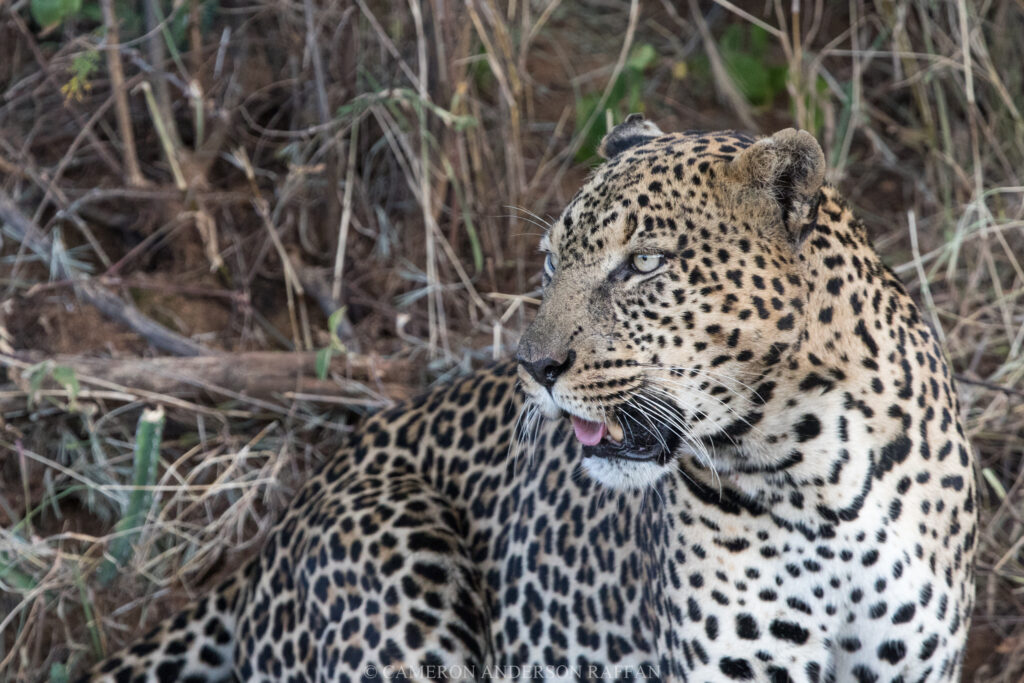
The Mara Conservancies
The Maasai Mara National Reserve is renowned as one of Africa’s best destinations for spotting the Big Five and witnessing the annual Great Migration. While it attracts over 300,000 visitors annually, the 24 surrounding private conservancies, such as Mara Naboisho and Mara North, offer a more exclusive experience. These hidden gems allow for intimate wildlife encounters away from the crowds, all while supporting Maasai communities through tourism revenue.
Mara Naboisho Conservancy
Spanning over 200 square kilometres, Mara Naboisho Conservancy is celebrated for its incredible density of wildlife and its dedication to preserving Maasai cultural heritage.
With over 100 lions, as well as cheetahs and wild dogs, the conservancy boasts one of Africa’s highest big cat populations. Due to the cap on visitor and camp numbers, sightings of wildlife are far more regular and intimate than in the Mara Reserve, and thanks to flexible conservancy rules, walking safaris, night game drives and fly camping are all permitted.
Owned by 500 Maasai families, the conservancy restores overgrazed lands and a tourism stipend directly benefits local livelihoods. Many of the conservancy’s guides hail from nearby Maasai villages, adding an authentic cultural dimension to the safari experience, and visiting these villages offers families a unique opportunity to learn about Maasai customs and traditions.
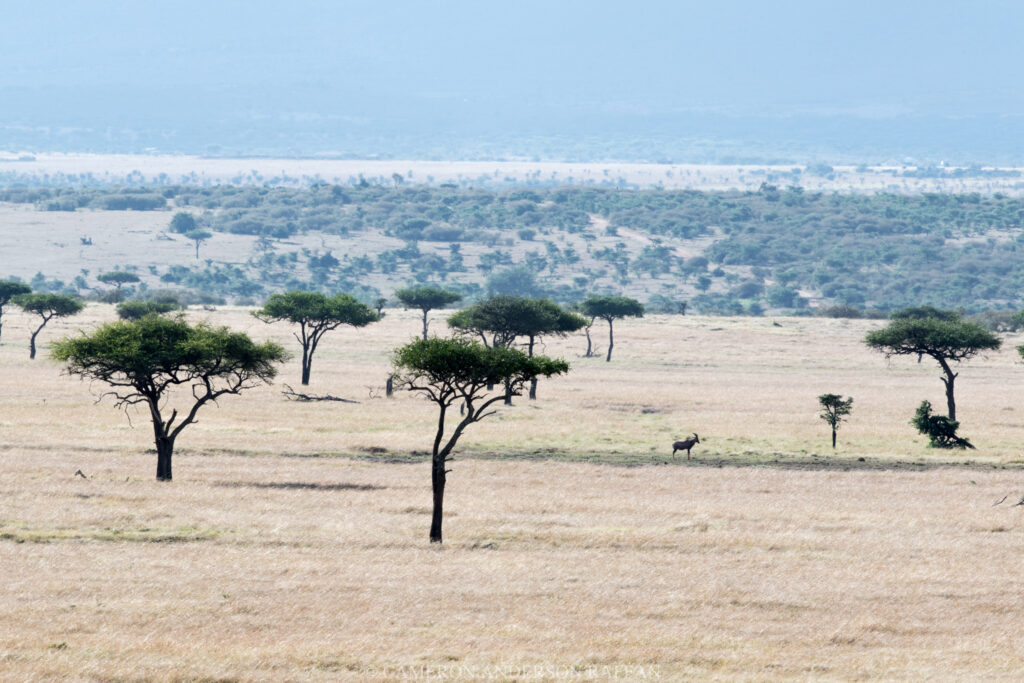
Mara North
The Mara North is one of Kenya’s best private conservancies, with the highest concentration of wildlife in the Maasai Mara ecosystem. Spanning 320 square kilometres, it is home to the Big Five, over 450 bird species, and iconic landmarks like Leopard Gorge and the Lemek Hills which provide a refuge for big cats and African wild dogs.
The conservancy’s mosaic of grasslands, acacia trees, and riverine forests provide sanctuary for huge herds of elephants, baboons, and giraffes as well as crocs in the Mara River. From July to October, the Great Migration delivers thrilling predator action, while the quieter Loita Hills migration offers a fascinating alternative from December to May.
Founded in 2009 by 800 Maasai landowners, Mara North features just 12 eco-conscious lodges, including family favourites like Kicheche Mara and Offbeat Mara. Guests can enjoy exclusive experiences such as guided walks, night game drives, and cultural interaction, enhancing their Mara safari experience.
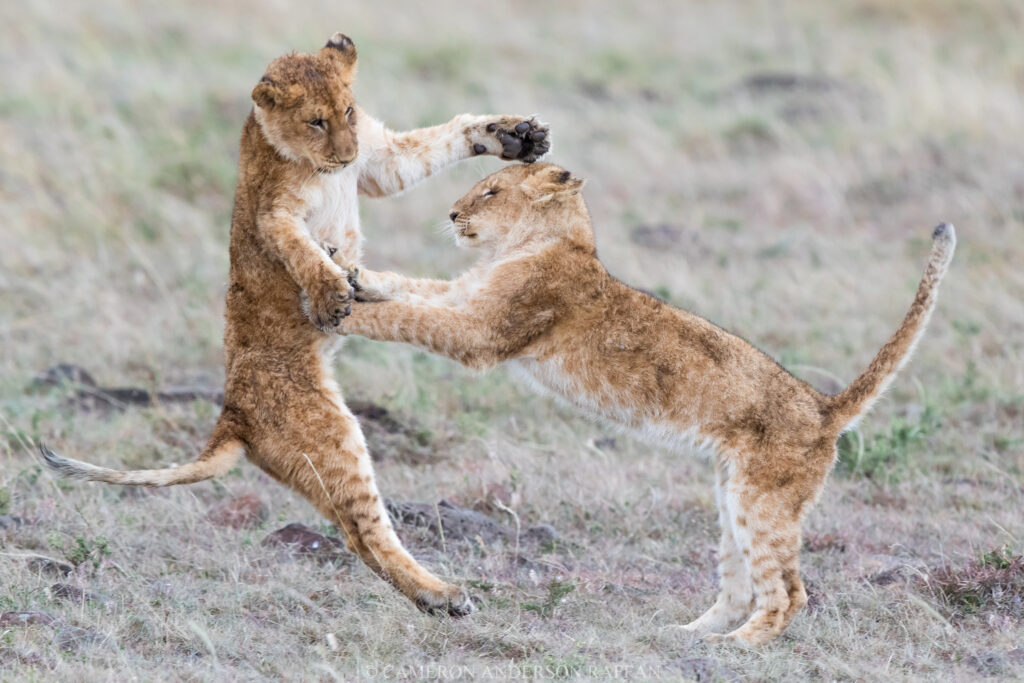
Northern Conservancies
Soysambu Conservancy
Situated within the UNESCO-listed Kenya Lakes, Soysambu Conservancy spans 190 square kilometres around Lake Elmenteita.
Known for its population of endangered Rothschild giraffes and diverse birdlife, including lesser flamingos and the only breeding colony of Great White Pelican in East Africa, the conservancy offers a peaceful alternative to the bustling Nakuru National Park.
Families can witness this wildlife on birding safaris, guided nature walks as well as horse or camel rides along the lakeshore. Soysambu is also the only private conservancy that offers motorcycle safaris, taking guests on a thrilling ride down inaccessible paths, perfect for thrill seeking teens and those bored of more typical modes of safari transport.
Located just an hour’s drive from Lake Naivasha and Nakuru National Park, Soysambu is a convenient addition to any Northern Kenya itinerary.
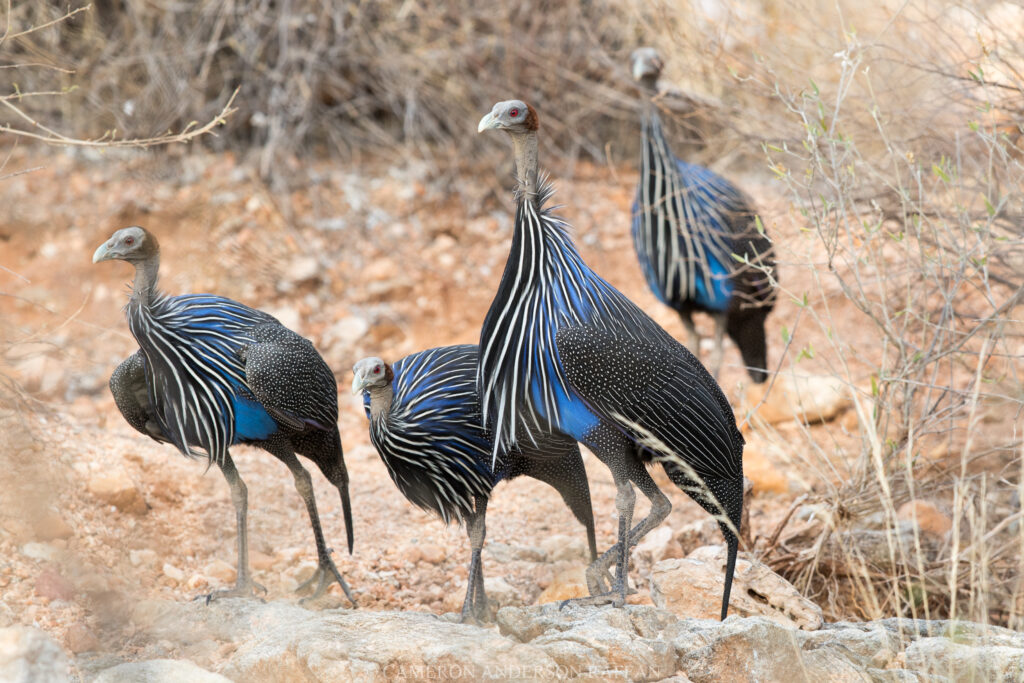
Lewa Conservancy
Lewa Wildlife Conservancy, a 250 square kilometre expanse in the Laikipia Plateau, has become one of Kenya’s most famous private conservancies, known for its rhino conservation, Big Five game viewing, and breathtaking Mount Kenya views.
Home to Kenya’s first private rhino sanctuary, Lewa has seen populations of black and white rhinos grow from 15 to 264, offering some of Kenya’s best chances to spot these rare creatures.
What truly sets Lewa apart are its exceptional experiences, including horseback safaris, camel rides, birding adventures to spot some of the conservancy’s 490 bird species, and fly camping in the heart of the bush. Our travel specialist, Cam, recently enjoyed a self-guided walking safari along the scenic 2 km trail at Elewana Safari Camp. Families can also explore the nearby Ngare Ndare Forest Reserve, where children of all ages will delight in walking along the treetop canopy or swimming beneath a hidden waterfall.
Lewa’s commitment to community development, with initiatives such as microloans for local women and sustainable farming training, ensures your safari will benefit surrounding communities.
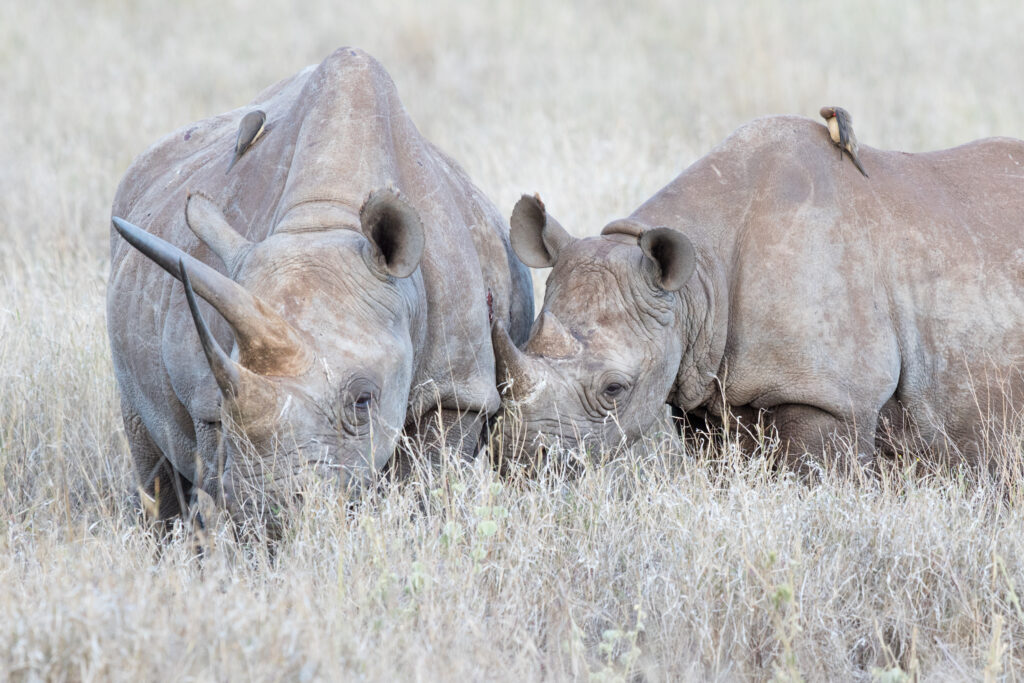
Loisaba Conservancy
The 230 square kilometre Loisaba Conservancy in northern Kenya is one of our favourites for family safaris with a wild, remote feel. Positioned along a key elephant migration corridor, its two rivers sustain year-round wildlife, including lions, leopards, cheetahs, and the recently reintroduced black rhino.
With just three camps, Loisaba offers exclusive Big Five game viewing to rival the Mara but with far fewer visitors. Families can enjoy game drives, walking safaris, or camel rides, offering a glimpse into traditional life in Kenya’s semi-arid highlands. A visit to the anti-poaching unit gives children a hands-on glimpse into conservation, including the thrill of being tracked by sniffer dogs Nanyokie and Memusi.
Loisaba offers some of Kenya’s most unique accommodations. The Starbeds provide a magical experience, allowing you to sleep under Kenya’s starry skies in elevated four-poster beds. Meanwhile, Elewana’s Loisaba Tented Camp features an incredible infinity pool – a highlight of our travel specialist Cam’s recent visit – offering breathtaking views of game-dotted plains and the majestic Mount Kenya.
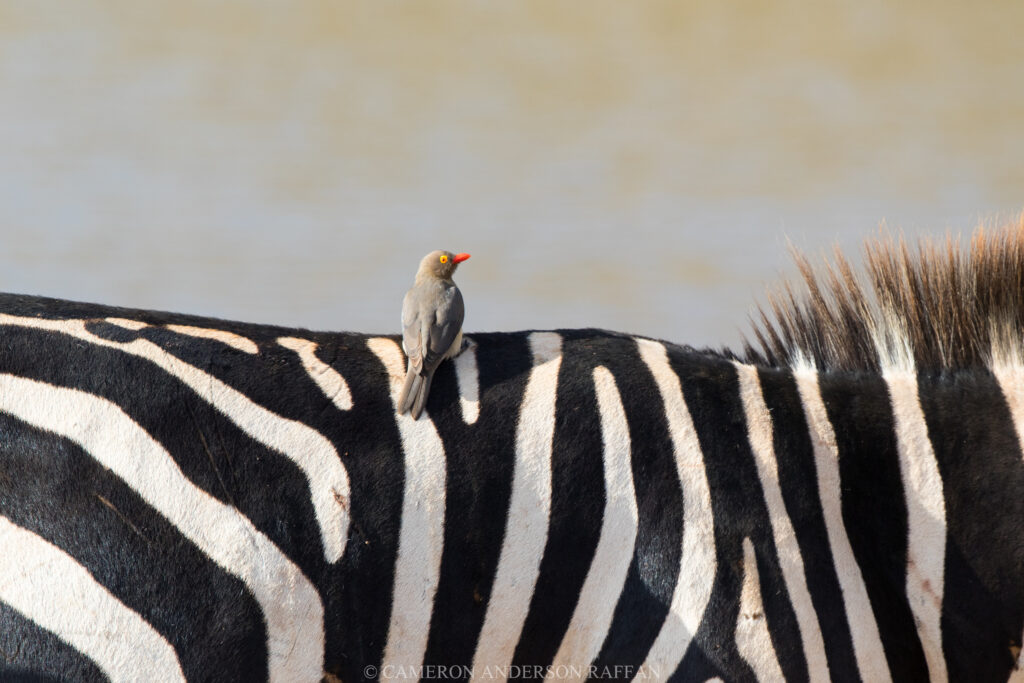
Ol Pejeta Conservancy
Located at the foot of Mount Kenya, Ol Pejeta Conservancy is East Africa’s largest black rhino sanctuary and the last refuge for the world’s two remaining northern white rhinos, Najin and Fatu.
What sets Ol Pejeta apart are its hands-on conservation experiences. Guests can meet the incredibly tame Najin and Fatu, track collared lions with researchers, and watch the anti-poaching unit’s bloodhounds showcase their scent-tracking skills. A visit to the Sweetwaters Chimpanzee Sanctuary – the only place in Kenya to see rescued chimps – adds to the adventure.
Families can also enjoy Big Five game drives, walking safaris, and thrilling night drives to spot nocturnal species like aardvarks and white-tailed mongooses.
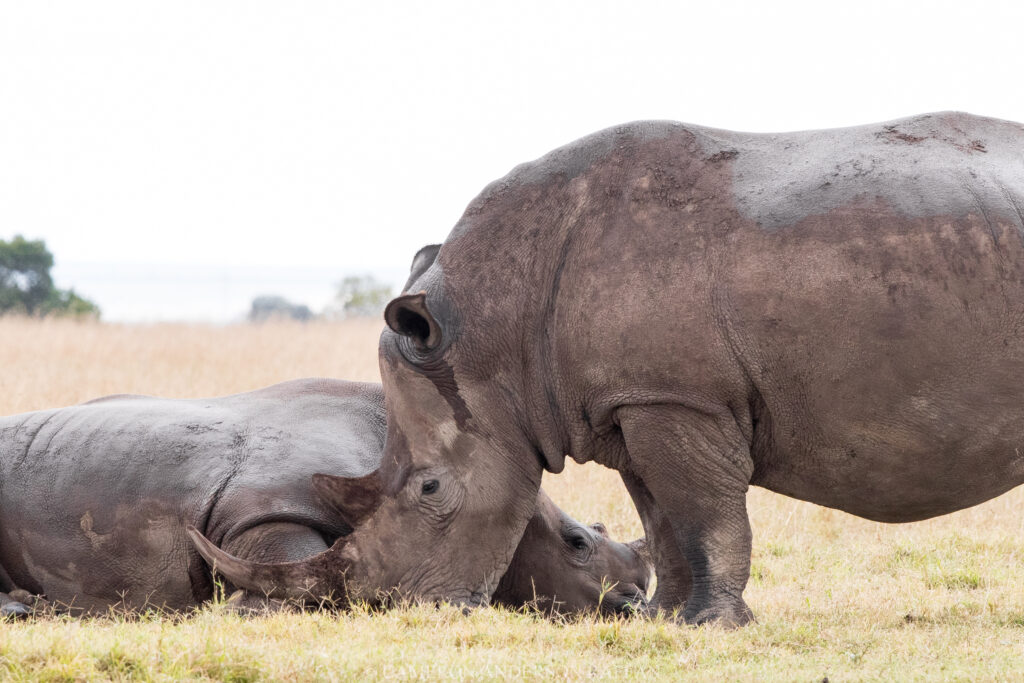
Kalama Conservancy
Kalama Conservancy, established in 2004 and owned by the Samburu community, protects a critical wildlife corridor between Samburu National Reserve and Marsabit and provides a remarkable blend of cultural immersion and abundant wildlife.
Families can visit local villages or participate in the Warrior’s Academy, where children are led by local tribe leaders in wildlife tracking, beading, archery, and traditional jobs like herding cattle and milking goats.
With only two properties across its 384 square kilometres, Kalama provides an exclusive safari experience. Game drives and guided bush walks allow families to encounter the Samburu Special Five, including the reticulated giraffe and Grevy’s zebra, alongside leopards, elephants, and playful baboons. Those seeking a fresh take on the classic safari, can enjoy stargazing safaris under Kalama’s pristine night skies or visit the nearby Reteti Elephant Sanctuary, where orphaned elephant calves are rescued and rehabilitated for release back into the wild.
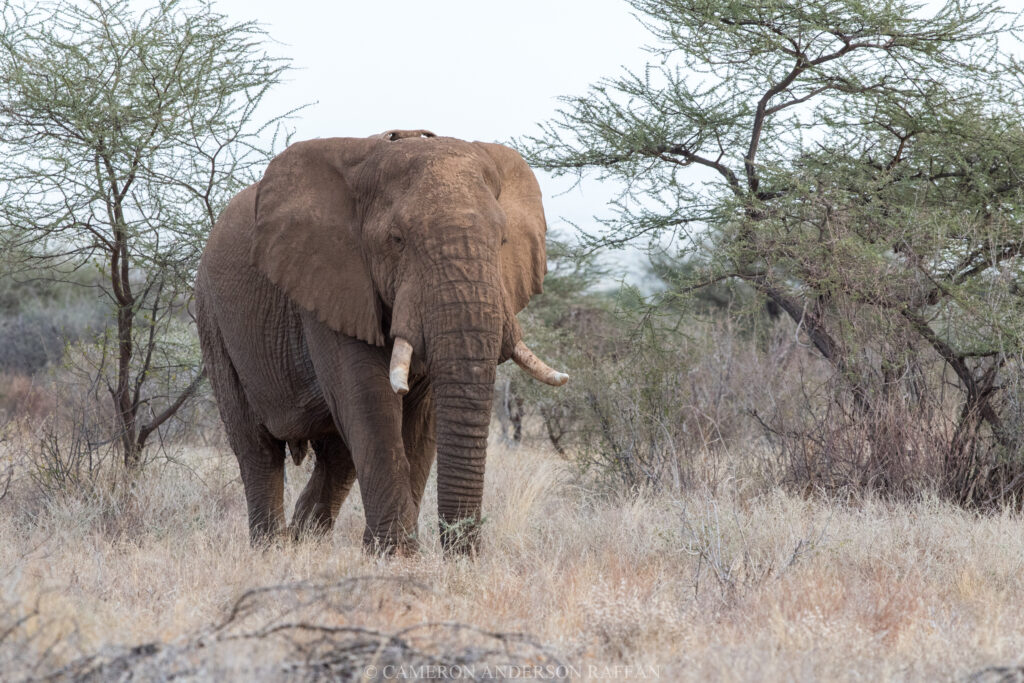
Mugie
Mugie Conservancy, in the heart of the Laikipia Plateau, stands out as one of the best private conservancies for an action-packed family safari. Its 180 square kilometres of savannahs and acacia woodlands is home to both the iconic Big Five and the rare Northern Five, while its private status enables unique activities like night game drives, where elusive nocturnal species such as leopards and striped hyenas often appear.
The Mugie Dam draws abundant wildlife, especially during the dry season, and offers fishing for tilapia and catfish alongside birdwatching for over 280 species. Conservation experiences are central here, from tracking resident lions with the Laikipia Predator Project to visiting a vibrant local village on market day, while for children, the Junior Ranger Program provides hands-on educational activities.
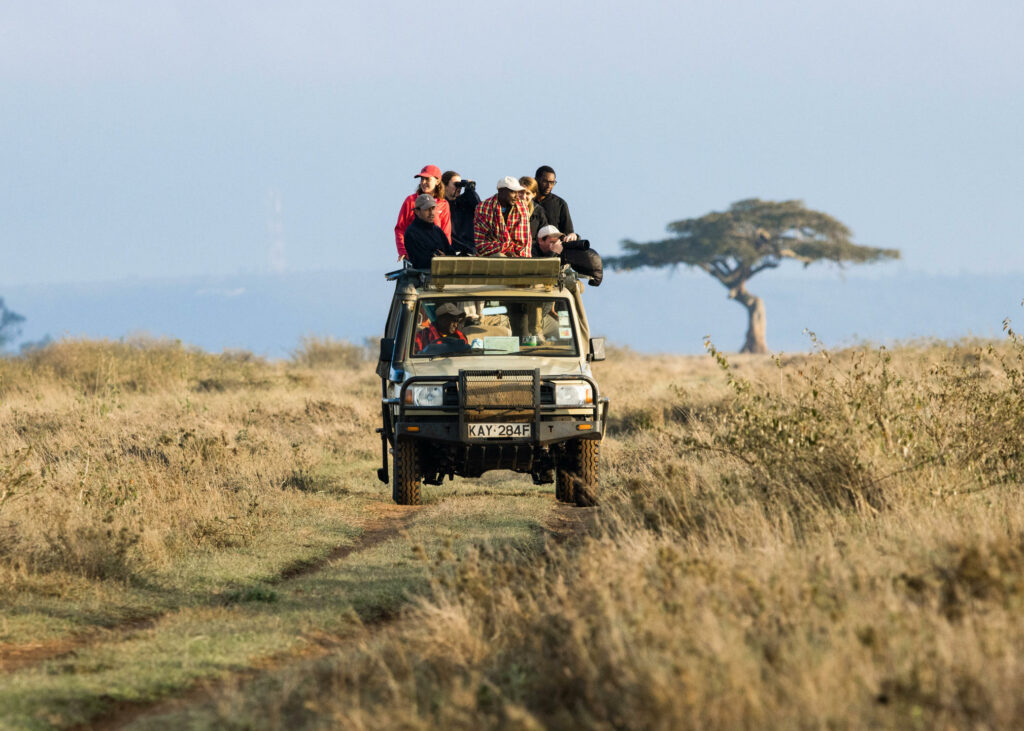
The ‘Best of the Rest’
Kimana Sanctuary Conservancy
Kimana Sanctuary Conservancy is a vital yet little known wildlife corridor connecting Amboseli National Park to the Chyulu Hills and Tsavo. Established in 1996 as Kenya’s first community-owned wildlife sanctuary and spanning just 23 square kilometres, this tiny conservancy preserves an ancient elephant migration route, ensuring the free movement of some of Africa’s last Super Tuskers.
Kimana’s diverse landscapes – from dense forest to plains dotted with pumice thrown from Mount Kilimanjaro – host a remarkable density of wildlife, from herds of zebra and giraffe to thriving populations of warthogs and eland. The conservancy also boasts the iconic backdrop of Mount Kilimanjaro, providing a dramatic setting for photographing wildlife.
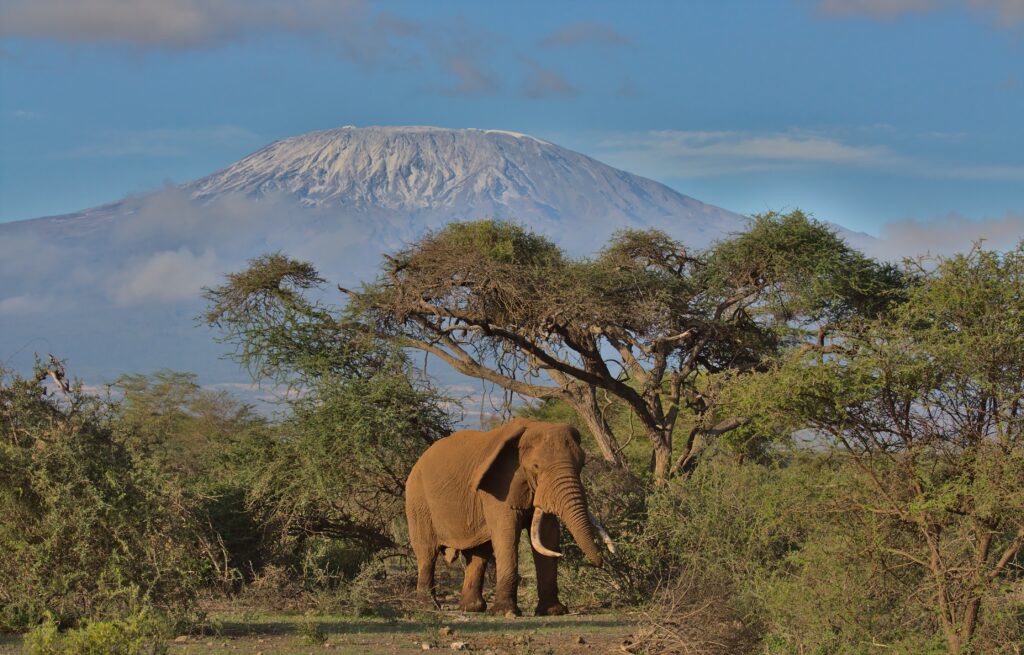
Shompole Conservancy
Shompole Conservancy, tucked in the southeastern corner of Kenya, offers an exclusive safari experience within the stunning landscapes of the Great Rift Valley. Overlooking Lake Magadi and the Nguruman Escarpment, the conservancy is home to some of the best wildlife in the southern Rift Valley, including elephants, giraffes, buffalo, and a variety of plains game.
Lake Magadi, located to the east of the conservancy, is known for its vibrant flamingo populations and stunning colours, with its pinks and reds best seen from the air on a scenic flight. Visitors can also enjoy a range of family-friendly activities, from walking safaris and river tubing down the Ewaso Ng’iro River to visits to isolated Maasai villages. A standout experience is spending a night in one of the conservancy’s two underground hides, offering an unparalleled chance to observe wildlife at a floodlit waterhole.
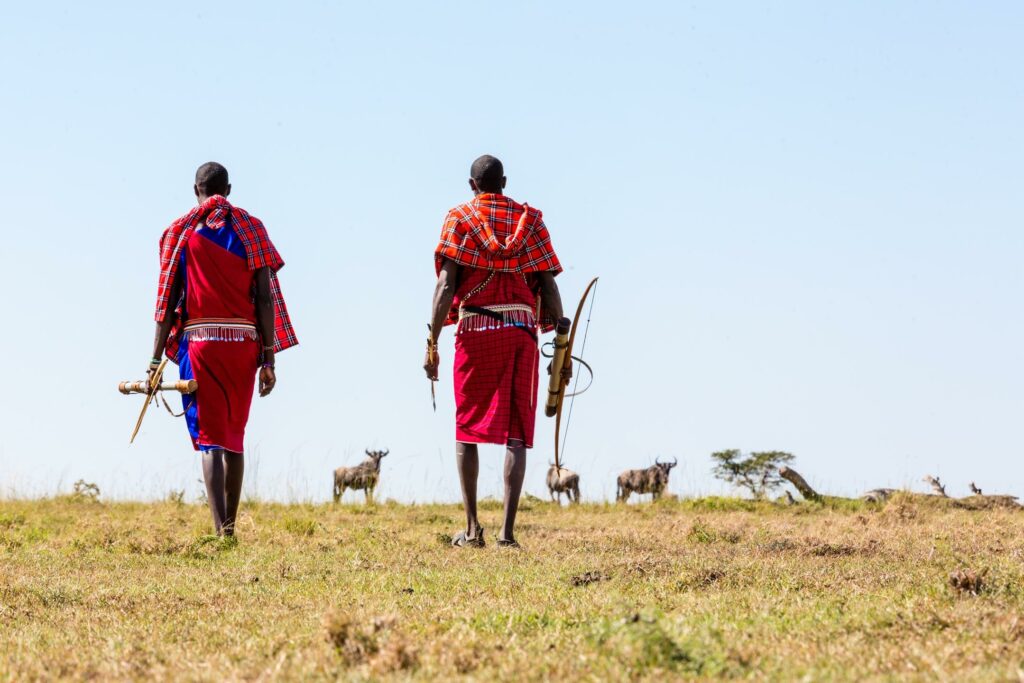
Summary
Kenya’s private conservancies provide an exclusive and enriching safari experience that perfectly complements the traditional national reserves.
With limited visitor numbers, these conservancies ensure exclusive up-close encounters with the Big Five as well as unique activities such as night drives, guided walks, and bush camping unavailable anywhere else.
A stay in a private conservancy is more than just a safari, it is a chance to make a lasting impact on wildlife conservation and local communities. Whether exploring the remote wilderness of Loisaba, encountering rare rhinos at Ol Pejeta, or immersing yourself in Maasai culture at Mara Naboisho, the top Kenyan private conservancies ensure your visit contributes to the long-term health of Kenya’s ecosystems.
Including a mix of our top private conservancies in your itinerary elevates any Kenya safari, combining outstanding game viewing with immersive cultural experiences and a remote, rugged charm.
